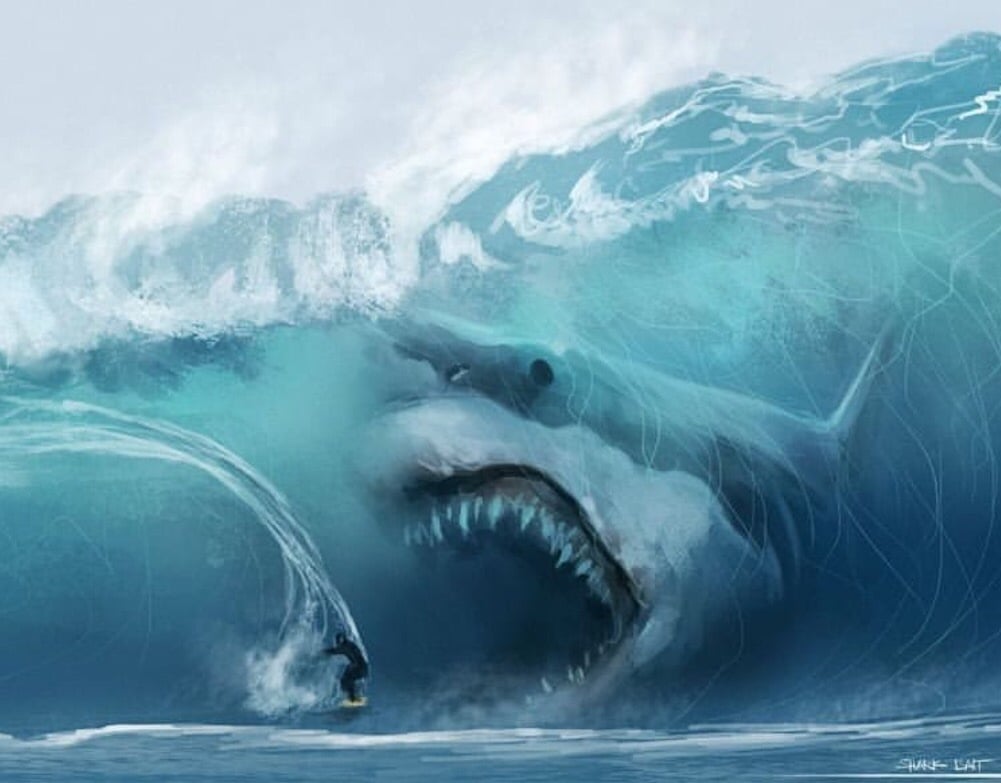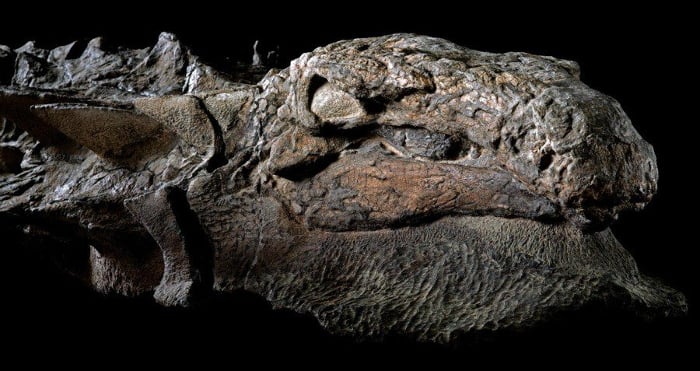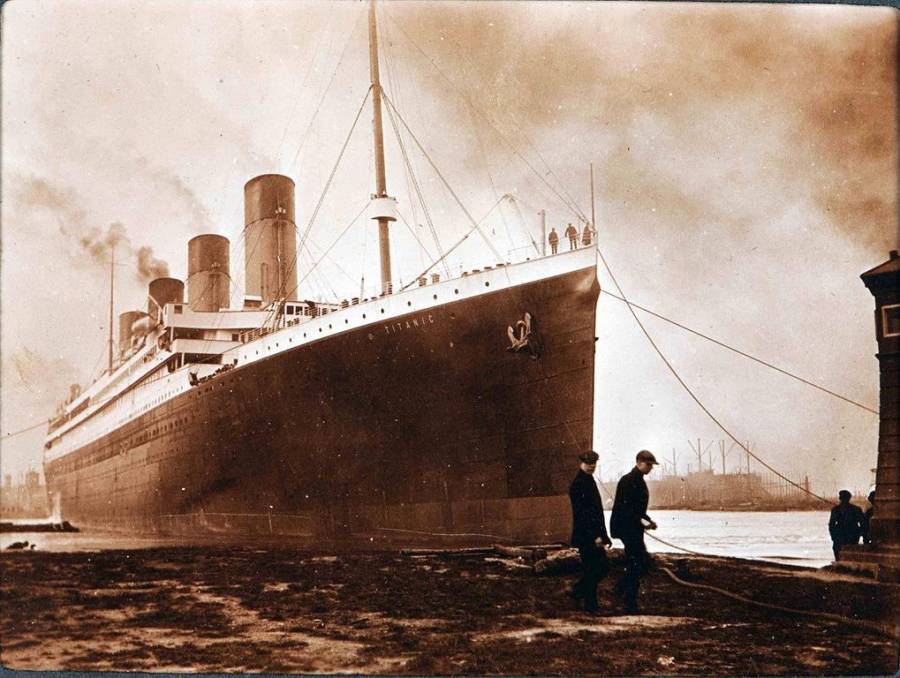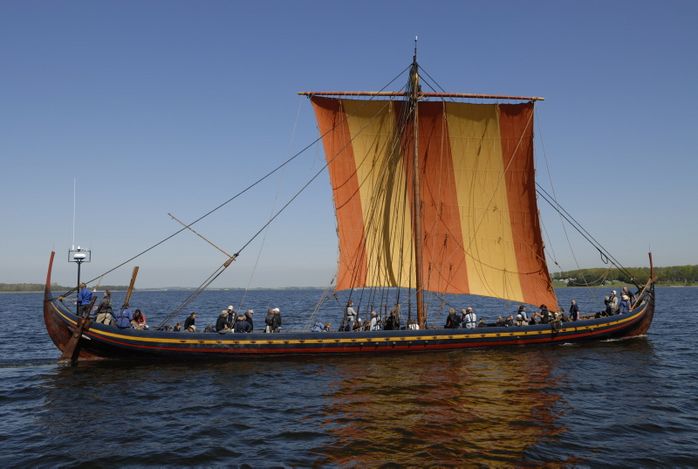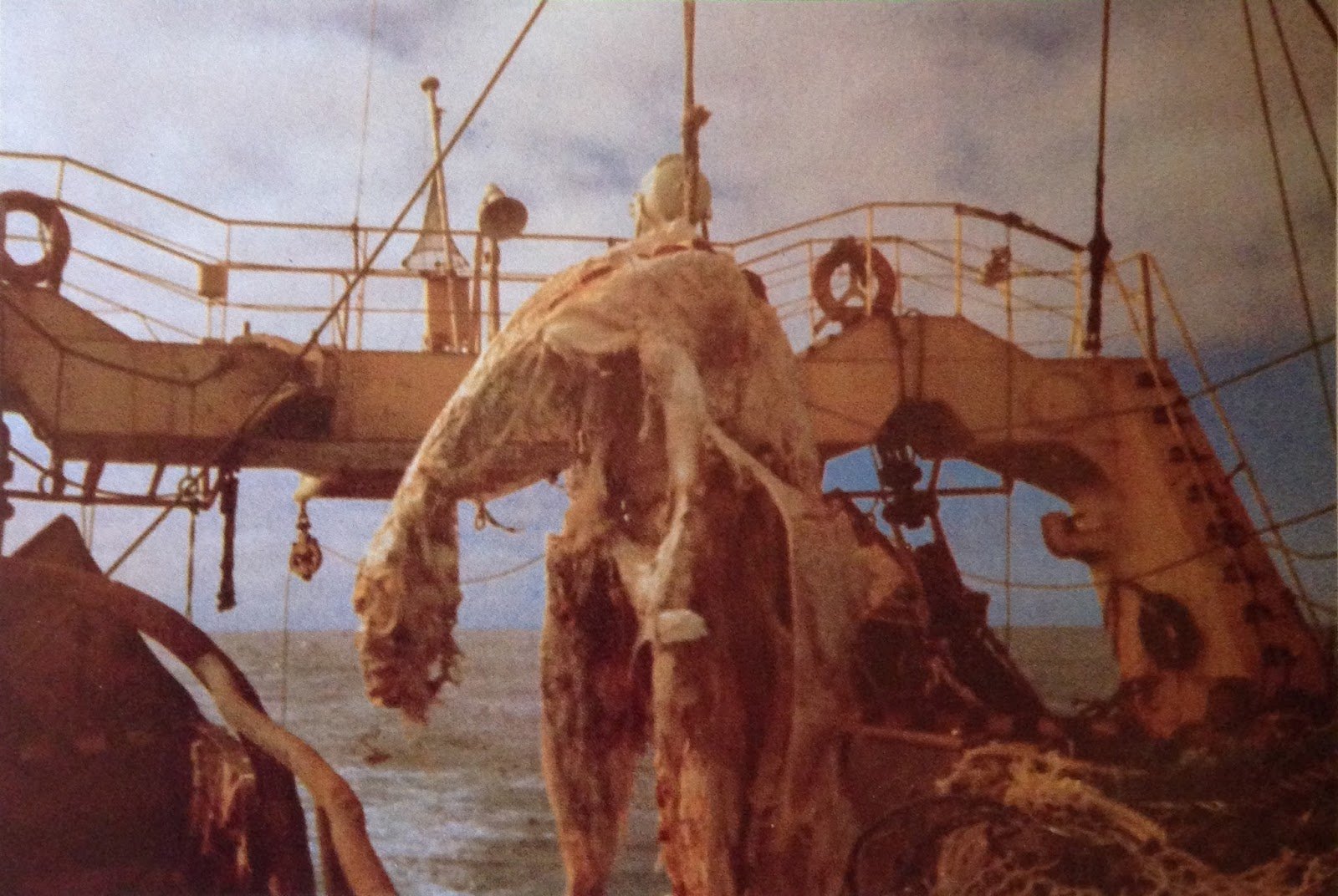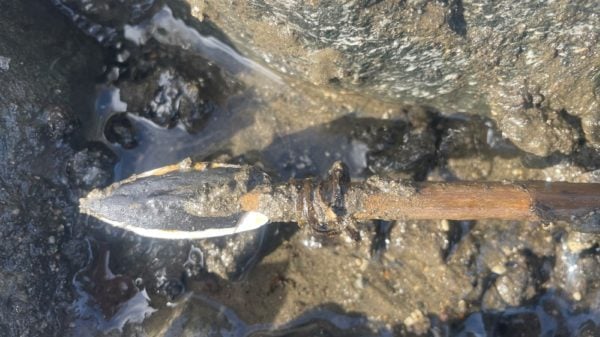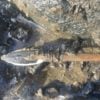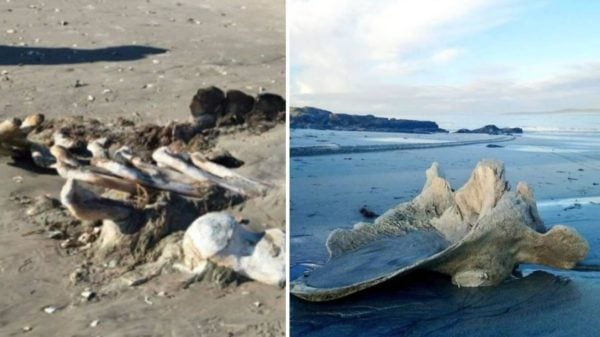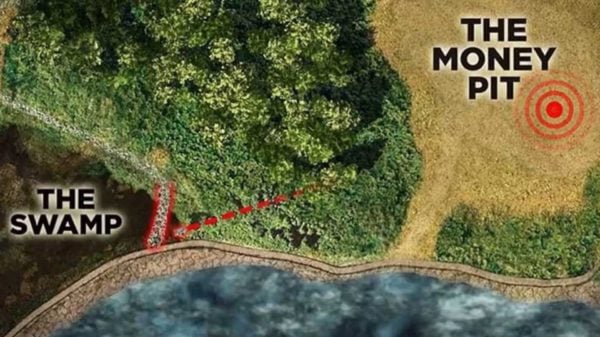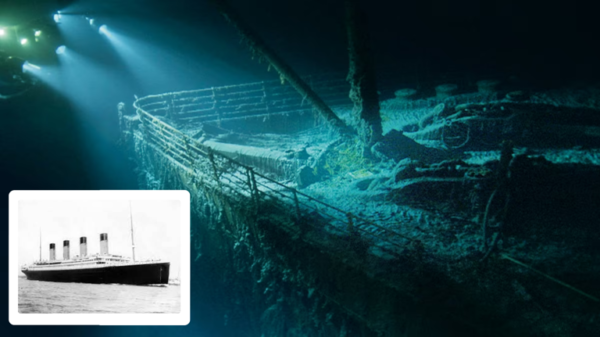Off the coast of New Zealand, a Japanese fishing boat dredged up something almost unbelievable: the carcass of a 30-foot unidentifiable creature. The Japanese fishing boat called the Zuiyo Maru found the carcass in 1977, though while they took photos, they didn’t actually keep the creature’s remains.
The captain, Akira Tanaka, has told the world that he made the tough decision to dump the body of the creature back into the sea as it smelled so horrific that he worried it would spoil the fish they had caught.
However, Tanaka did realize that the creature was unique and likely important, so before throwing it overboard, he took samples and photographs of the great beast. Since 1977, marine biologists, paleontologists, and interested parties around the world have been analyzing these photos and samples in an attempt to find out exactly what it was.
They nicknamed the creature Nessie, and they quickly figured out that it had a long neck, a two-meter tail, and four large red fins. Researchers also know that while the gut had been emptied and the carcass had no internal organs, some flesh and fat were still present.
But unfortunately, that’s pretty much all the information they have to work with. Although Tanaka claims he and his crew took samples, there are none on record that can be used to learn more about the mysterious organism.
Swedish paleontologist Hans-Christian Bjerring told the press, “If it’s true that the Japanese collected samples of fins and skin, it would be possible to conclude from a microscope what it is.”
But even without samples to examine, the world has been busy guessing what this animal could have been, especially in Japan. When the Zuiyo Maru returned to the country’s shores in 1977, their discovery made headlines all over Japan and caused a burst of excitement that came to be known as the “plesiosaur craze.”
Many people in Japan, including scientists from Yokohama and Tokyo University, immediately thought that the beast looked like a prehistoric plesiosaur, which was essentially a dinosaur-like sea serpent that went extinct over 65 million years ago.
Japanese scientists were so excited about the finding that they actually sent boats out to dredge the ocean where Captain Tanaka supposedly dropped the animal in the hopes of finding it again, though sadly, they never did.
While many still believe that the animal was a serpent-like dinosaur, there are more and more skeptics who aren’t quite so sure. Included in that category is paleontologist Hans-Christian Bjerring.
He has stated that while “it is as big of a sensation as the discovery of the coelacanth in 1938… there is reason to be suspicious of the claims of plesiosaurs, for example, as the marine environment and fauna changed drastically since the age of the plesiosaurs on earth.”
The general consensus now is that it was most likely the carcass of a basking shark or a similar species, as when these animals die, their lower heads, caudal, and dorsal fins fall off, which makes their corpses look a lot like plesiosaurs.
Though there are certainly some who still believe that it was in fact a dinosaur, and that hopefully, one day we will find the carcass once again.








